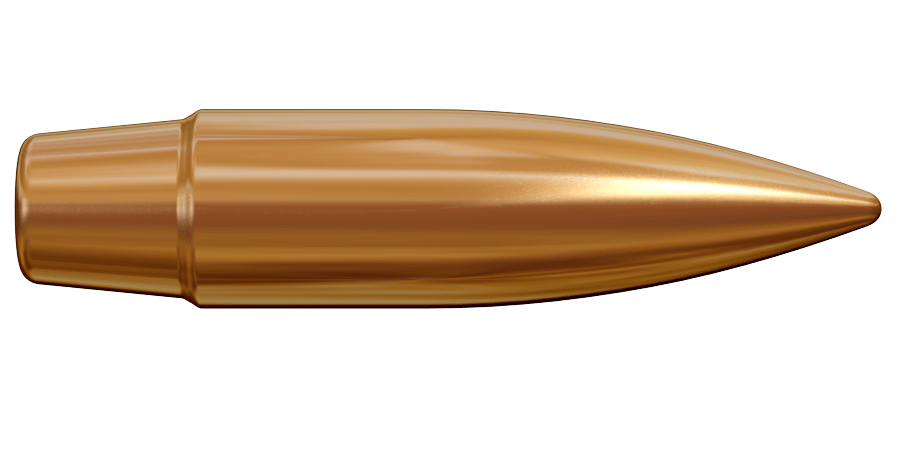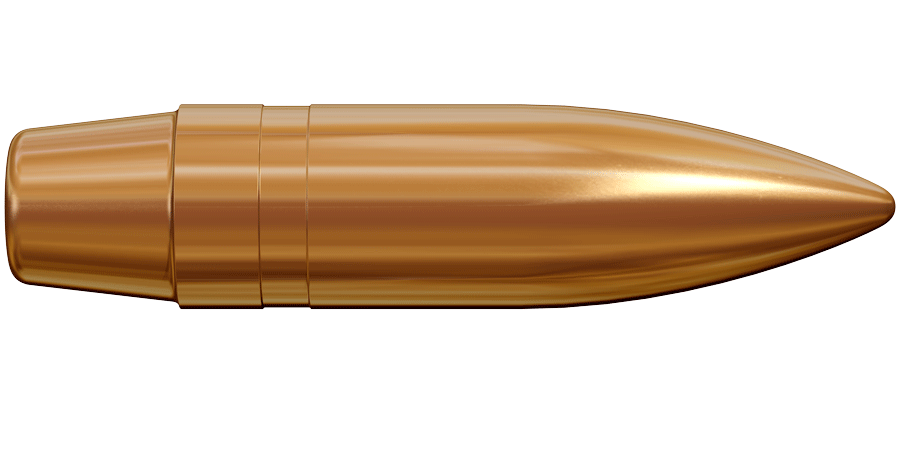What is the difference between 7.62x54R and 7.62x53R?
Aside from the obvious difference of 1mm......
Not to put too fine a point on it, the 762 x 54 uses a .311 bullet and the 7.62 x 53 uses our .308 bullet. The Finnish army states the the 7.62x54 can be used in the 7.62 x 53 in "emergencies". My rifle barel is .311.
However, I have seen info such as this:
The Finnish commercial ammunition manufacturer Lapua does not make a difference between the 53R and 54R, but produces cartridges that will function in weapons chambered for either one.
The Russian ammunition maker Barnaul states that Russian cartridges marked 7.62×53 are the same as 7.62×54. From their web site: "Some hunters have been confused because there have been varying marking on the package, case bottom and stamps: 7.62×53: 7.62×53R: 7.62×54: 7.62×54R. This happened because the 53.72 mm case length was rounded off differently in various countries. After Russia became a member of the European Permanent Coordinated Commission, the final name - "7.62×54R" - of the cartridge was accepted. "
[4]
Additionally, Russian ammunition manufacturer LVE (Novosibirsk Cartridge Plant) states, "The cartridges cal.7,62×54R are produced by various producers around the world. Producers mark these cartridges differently, and this leads to confusion among the customers – 7.62х53; 7.62×53R; 7.62х54; 7.62×54R. The confusion is based on difference in rounding out (rounding up or rounding down) the case length (case length of our cartridges is 53.65-0.2 mm). The letter "R" indicates a case rim. After Russia’s joining European Commission (ПМК) a definite name of this cartridge was determined – 7,62×54R. Therefore, you may use cartridges of caliber 7.62х54R freely with your arms [marked as 7.62×53R]."
[5]

en.wikipedia.org
Differences between 7.62×53mmR (Finland) and 7.62×54mmR (Russia)
According to official C.I.P. rulings the TDCC sheets the 7.62 × 53 R and 7.62 × 54 R feature differences.
[3] C.I.P. rulings are indisputable legally binding for civilian use in C.I.P. member states like Finland and Russia. Only governmental organizations, like military and police forces and other firearms bearing public power agencies, from the C.I.P. member states are legally exempted from having to comply with C.I.P. rulings
Some dimensional differences between the C.I.P. 7.62 × 53 R and 7.62 × 54 R TDCC sheets:
Round length (L6): 77.00 mm (54R: 77.16)
Case length (L3): 53.50 mm (54R: 53.72)
Rim diameter (R1): 14.40 mm (54R: 14.48)
Bullet diameter (G1): 7.85 mm (54R: 7.92)
Finnish Defence Forces issued instructions that when ever possible, personnel issued with a rifle chambered for 7.62×53mmR (effectively the TKIV 85 rifle) should use 7.62×53mmR ammunition only, and that use of 7.62×54mmR is only allowed when 7.62×53mmR is not available.
I don't mean to nitpick, but that isn't quite the whole story.
The Russian rifles and their bullets are indeed .311 (7.92 mm).
The Finnish rifles however vary between .3082 and .310, while the commercial (CIP) standard for the 7.62x53R is always .308 , so that the commercial 7.62x53R is always optimally compatible with all 7.62x53R chambered rifles.
The Finnish rifles are as follows:
- M91 (Finnish rebarreled) - .3095
- M91-30 (Finnish rebarreled) - .3095
- M24 - .3095
- M27 - .3095
- M27 RV - .3095
- M28 - .3082
- M28-30 - .3082
- M28-33 (rare sniper variant of M28-30) - .3082
- M37 (sniper variant of M27) - .3095
- M39 - .310
- M39 PH - .310
- M39 SOV - .310
- M39-43 - .310
- M39-44 - .310
- M28-57 - .3082
- M28-57 H - .3082
- M27-66 - .3082
- M28-76 - .3082
- TKIV 85 - .310
Initially .3095 (7.85 mm) was chosen by the Finnish Army as a compromise between the Western and Russian spec bullets - so that both would work adequately. The Civil Guard however, chose the .3082 (7.83 mm) Western spec diameter for their barrels as well as the new 12 g D46 bullet they developed. The D46/D47 became the golden standard, and when the military started standardising their 7.62x53R ammunition, they developed the 13 g .310 (7.87 mm) D166 on the basis of the D46 - but initially as a heavy round for machine guns. The D166 was then chosen for the new M39 too.
The diameter however doesn't tell everything. If you look at the CIP specifications, the largest actual difference is that the 7.62x53R chamber has a very short junction cone, which is designed for the sleek profiled Western bullets and D46. The Russian 7.62x54R however has a very long junction cone, which allows for heavier profiled bullets. This, once again, is the commercial spec difference.
The military rifles of the Russian spec have a 18.1 mm junction cone. The Army junction cone spec for the M27 rifles however was 10 mm in 1928 and 1929, and 8.5 mm from 1930 onwards, until the production of the M39 started, which returned to the Russian spec junction cone. The Civil Guard had 17.7 mm junction cone in their 1927 rifles (prototypes?), 9.1 mm in 1928-1930, and 15.0 from 1931 onwards (until the production of M39 replaced the M28-30 production). This is relevant, as the rifles chambered with the short junction cone can't chamber Russian military spec 7.62x54R ammunition or the 7.62x53R D166 ammunition, at least not without considerable violence (which would result in too high chamber pressures, if the bullet is forced too deep into the case). The chambers which are able to take the D166 loaded 53R and the Russian 54R safely are marked with a D stamp on the barrel stem (and the TKIV 85 has the D166 marked on the bedding block).
The post war precision/marksman/sniper rifles were all chambered in the .3082 M28-30 spec, with the shorter junction cone. They were to use the D46 loaded JVA 0246 ammo, which was considered precision ammunition. The only exception to this is indeed the TKIV 85, which was chambered in the .310 M39 spec, with the long junction cone for the D166 loaded JVA 0221 ammo (which was the standard issue rifle round for all 7.62x53R/54R rifles, automatic rifles and machine guns, except the Civil Guard spec rifles and unmodified M27). This was done because FDF had a huge stock of the D166 loaded ammo stored, even though it was ballistically completely suboptimal choice. The D46 already would have been much better.
So, the real deal TKIV 85 is fully compatible indeed with both Finnish and Russian ammo, thanks to the .310 barrel and long junction cone. Unlike the older post-war precision rifles (like the M28-76 you bought), which are designed on the .3082 barrel and short junction cone as in the Civil Guard rifles. Of course the Russian ammunition isn't as high quality as the JVA 0221.
As a final note, I think a .311 barrel and 7.62x54R chamber is more correct for a clone TKIV 85, as it's closer to that than the Civil Guard/commercial spec 7.62x53R. A .310 barrel with a 7.62x54R chamber would be the most correct option, but quality .310 barrels aren't that common.
This isn't yet nowhere near complete writeup of the subject, but you should get the main points.
--
When it comes to the commercial (CIP) spec 7.62x53R and 7.62x54R, 53R uses .308 barrels and a short junction cone for the standard .308 bullets - to which you can't chamber proper 7.62x54R rounds (.311 diameter and profiled for the long junction cone). This however isn't the case with most of the Finnish military rifles (except the Civil Guard rifles), as the military spec 53R is actually in the grey area between the commercial/Civil Guard 53R spec and the Russian 54R spec, and allows for the use of the 54R too.
















